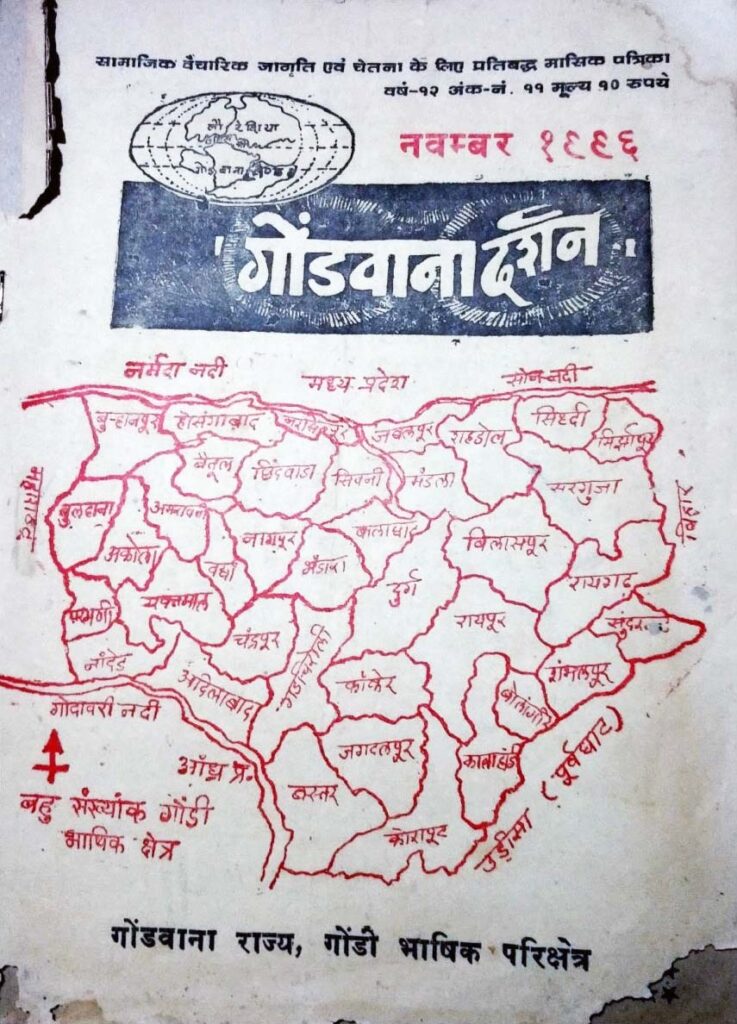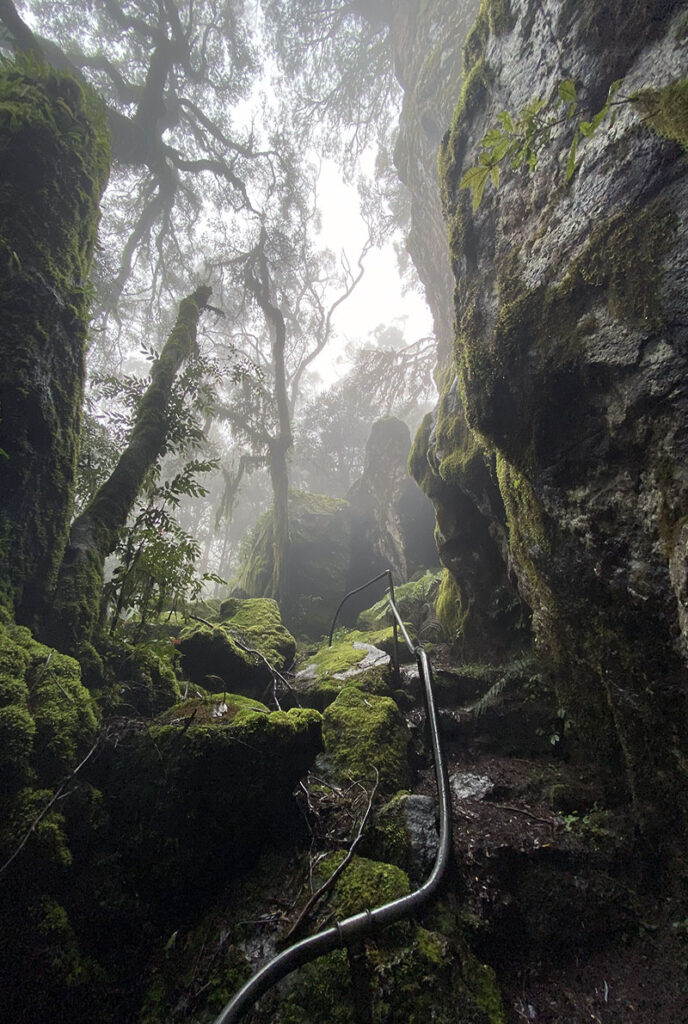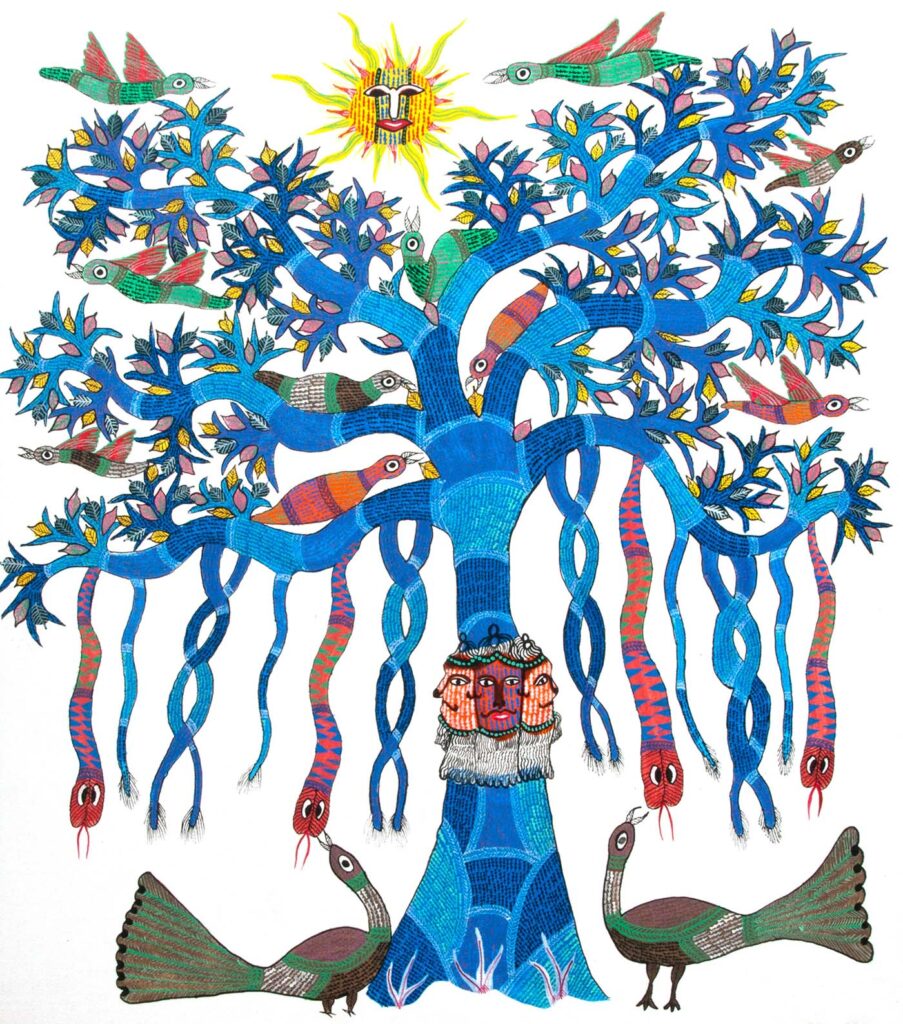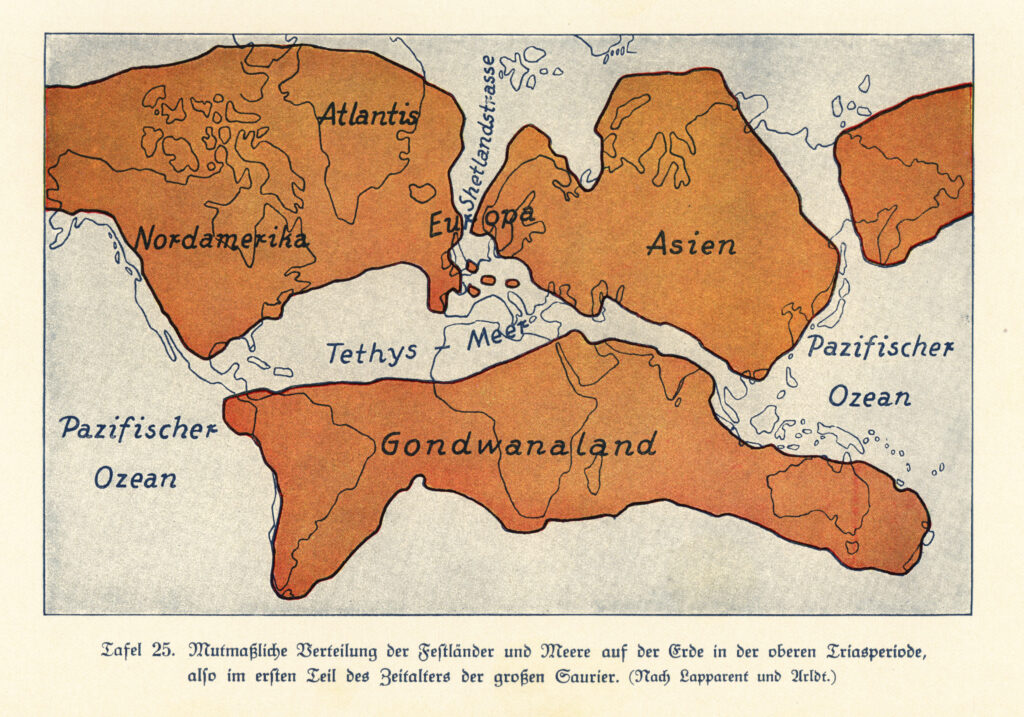Earth scientists know a great deal about the geological history of Gondwanaland and its breakup that began 180 million years ago, eventually creating present day Africa, Australia, New Zealand, South America, South Asia and Antarctica.



The Gondwana/Land Project, generously funded by the Australian Research Council and the UK’s Arts and Humanities Research Council brings together historians from today’s southern lands to address Gondwanaland’s national and continental fragments within modern environmental, cultural, political, colonial, and postcolonial histories.
Aware of its now-proliferating trans-local meanings, we situate Gondwanaland, first, in the central Indian homeland of the adivasi Gond people, who lent the supercontinent its name in the late nineteenth century.


From here the developing geopolitics of Gondwanaland are harder to anticipate. Gondwanaland’s modern history is strange and little understood, our idiosyncratic ‘transnational’ project seeking to open up its recent past, and in a way bring Gondwanaland back together again.
The Gondwana/Land team follow peoples, ideas, cultures, rocks, landscapes, and specimens around Gondwanaland’s modern remnants.

Flinders University

University of New South Wales

University of Houston

University of New South Wales

